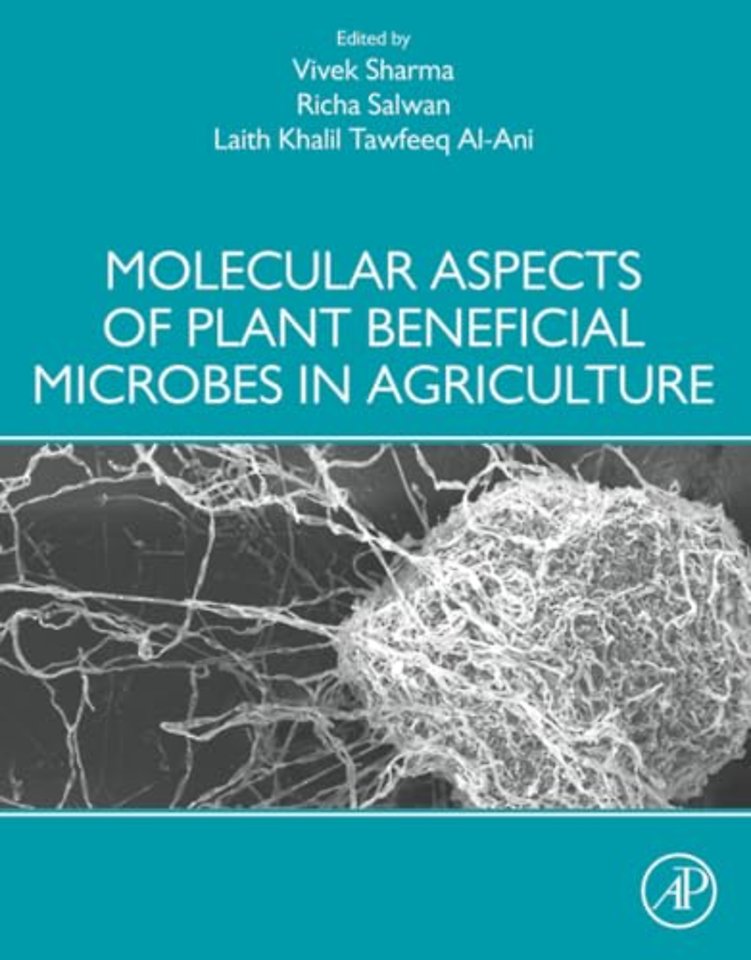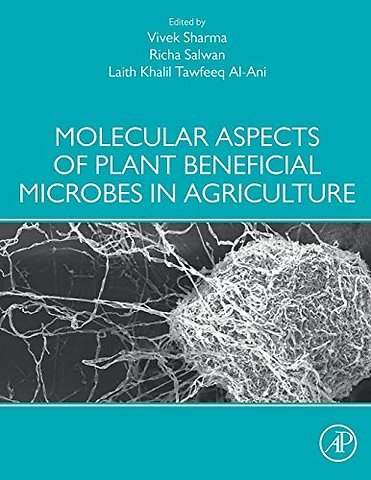<p>1. Overview and challenges in the implementation of plant beneficial microbes</p> <p>2. Plant beneficial microbes: do they have a role as antiviral agents in agriculture?</p> <p>3. Multilegume biofertilizer: a dream</p> <p>4. The effect of incompatible plant pathogens on the host plant</p> <p>5. Language of plant-microbe-microbe interactions in rhizosphere ecosystems</p> <p>6. Application and biological impact of endophytic bacteria as IAA producers</p> <p>7. Molecular aspects of biocontrol species of Streptomyces in agricultural crops</p> <p>8. Root exudates, a key factor in the plant-bacteria interaction mechanisms</p> <p>9. Insight into plant-bacteria-fungi interactions to improve plant performance via remediation of heavy metals: an overview</p> <p>10. Signaling pathway of induced systemic resistance</p> <p>11. Role of fungal elicitors in plant defense mechanism</p> <p>12. Versality of Trichoderma in plant disease management</p> <p>13. Knock, knock- let the bacteria in: enzymatic potential of plant associated bacteria</p> <p>14. Beneficial role of viruses in plants</p> <p>15. Microbial phytases in plant minerals acquisition</p> <p>16. PGPR secondary metabolites: an active syrup for improvement of plant health</p> <p>17. Volatile organic compounds mediated plant-microbe interactions in soil</p> <p>18. Molecular mechanisms in plant growth promoting bacteria (PGPR) to resist environmental stress in plants</p> <p>19. Biogeographic distribution of chickpea rhizobia in the world</p> <p>20. Arbuscular mycorrhiza, a fungal perspective</p> <p>21. Engineering bacterial ACC deaminase for improving plant productivity under stressful conditions</p> <p>22. Role of rhizobacteria in alleviating salt stress</p> <p>23. Nematophagous and entomopathogenic fungi: new insights into the beneficial fungus-plant interaction </p> <p>24. Secondary metabolites and lytic tool box of trichoderma and their role in plant health</p> <p>25. Endophytic fungi: a positive association with plants</p> <p>26. Using molecular techniques applied to beneficial microorganisms as biotechnological tools for controlling agricultural plant pathogents and pest</p> <p>27. CRISPR/Cas9 mediated genome engineering in microbes and its application in plant beneficial effects</p> <p>28. Understanding the molecular basis of the tripartite interaction between host-pathogen-bioagent through proteomic approach</p> <p>29. Frankia and the actinorhizal symbiosis</p> <p>30. Advances in Frankia genome studies and molecular aspects of tolerance to enrigonmental stresses</p> <p>31. Tripartite interactions between plants, trichoderma and the pathogenic fungi</p> <p>32. Applications of agriculturally important microorganisms for sustainable crop production</p> <p>33. Beneficial microorganisms in the remediation of heavy metals</p>

